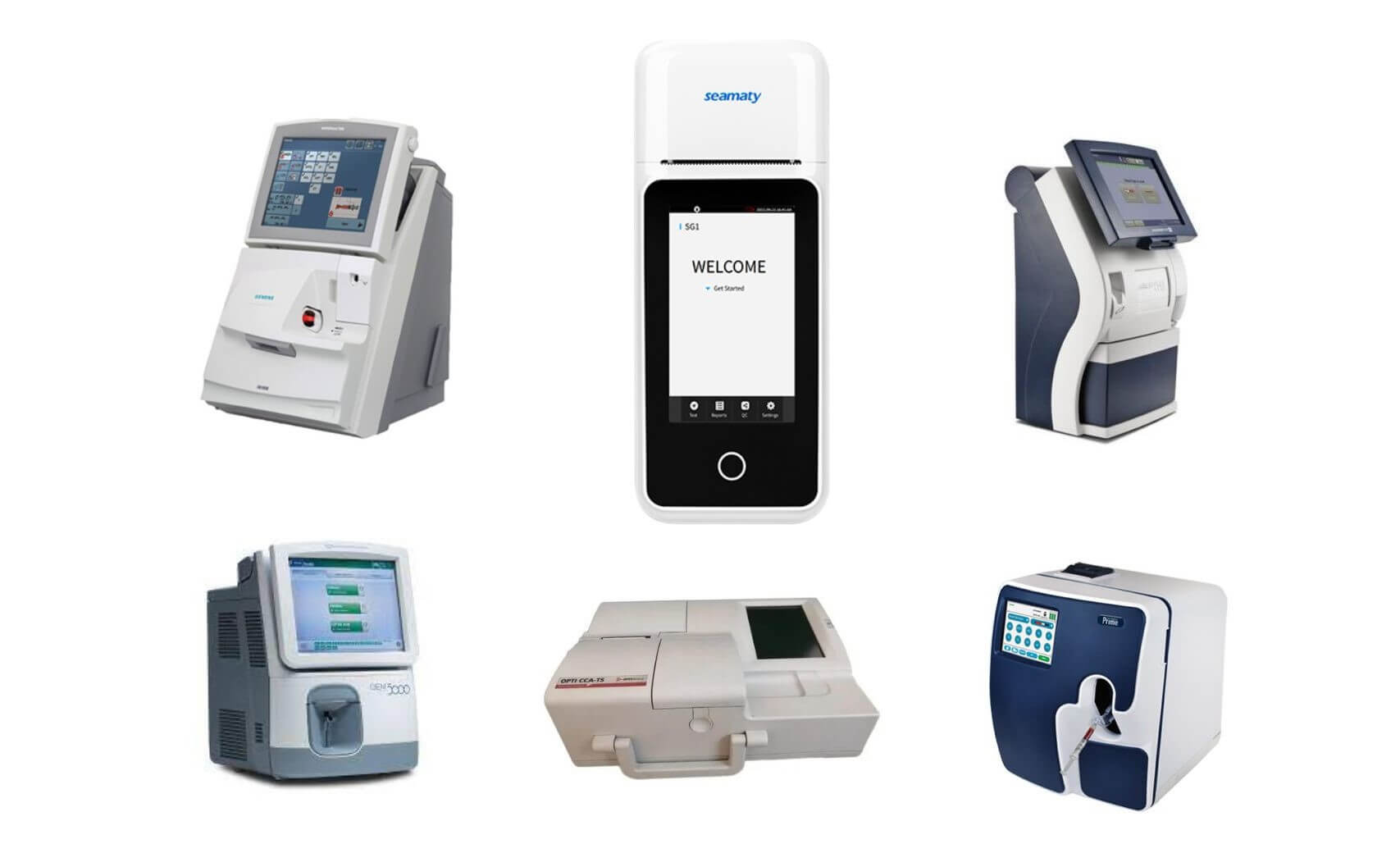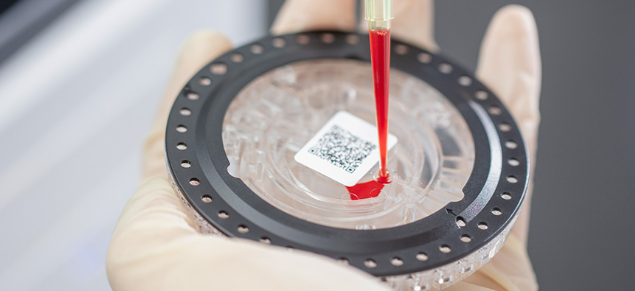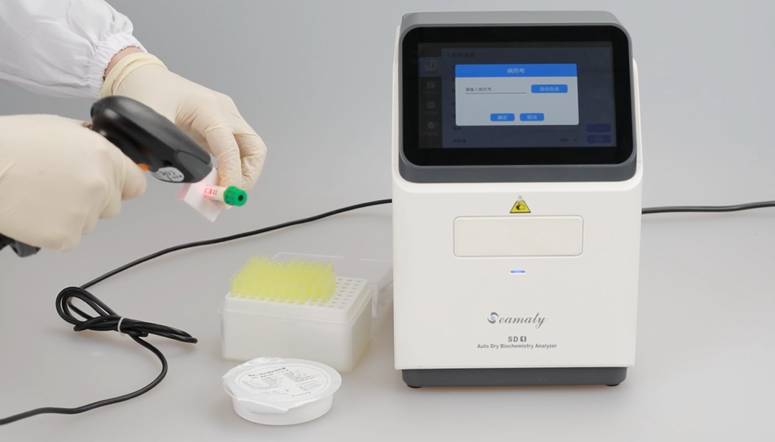release time:2021-11-11 12:00:59
1. if according to the identity of the testers can be divided into self-testing/home testing or specialized Professional. the home market mainly includes products for blood glucose, blood pressure, pregnancy, etc. The professional market mainly includes products used in hospital testing departments, clinical departments, emergency departments, ICU, operating rooms, etc. In addition, POCT machine can also be used in disaster relief, military, medical service stations, on-site supervision and law enforcement, food safety control, mobile medical and other scenarios. Its form is more flexible and diverse than large diagnostic machine.

2023-08-25
Discover the top 6 blood gas analyzers(BGA) for clinical labs in our comprehensive review. Learn how to choose the right analyzer and explore their vital role in patient care.

2022-03-17
Molecular diagnostics belongs to the field of in vitro diagnostics. Unlike clinical biochemistry, immunology, haematology and microbiological testing, molecular diagnostics is more mature in China and has a stable upstream and downstream system.

2021-09-15
What are the tips for routine maintenance of fully automated biochemistry analyzers? The daily maintenance of medical equipment is related to the normal operation of the instrument and the accuracy of the test results.